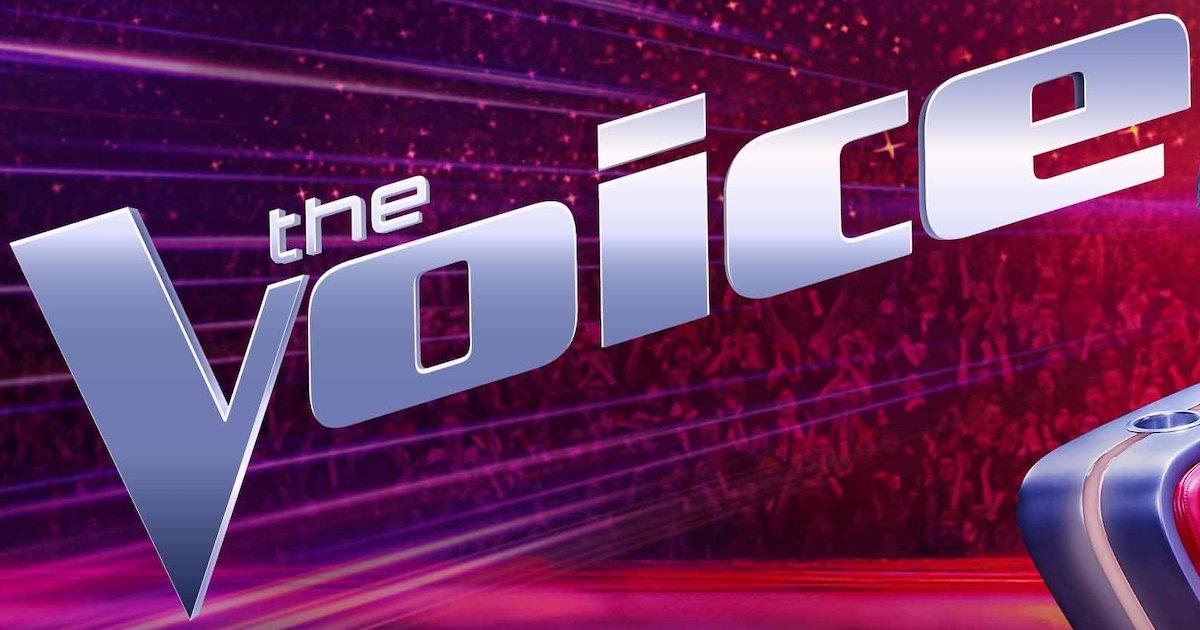‘Dragon Ball’ Creator Akira Toriyama Had an Unrivaled Impact on Anime
On Friday morning, Bird Studio, a small production workshop in Nagoya, Japan, announced the death of its founder, Akira Toriyama, the legendary manga artist, character designer, and creator of the long-running manga and anime franchise Dragon Ball. Toriyama died on March 1, at age 68, due to an acute subdural hematoma—a blood clot in his brain. The news of his passing has sparked a global outpouring of kind words and heartfelt illustrations, a testament to the late mangaka’s massive multigenerational impact.
Toriyama was, without a doubt, one of the most influential figures in the history of comics and cartoons. He was also a pivotal figure in the popularization of manga and anime outside Japan. Where Hayao Miyazaki is rightly lauded as a hero of theatrical anime, Toriyama was a god of manga and television anime, looming large for nearly half a century before his passing. The studio Toei Animation’s earliest adaptation of Dragon Ball consisted of 153 episodes roughly split into nine story arcs that aired in Japan throughout the late 1980s and appeared only briefly—at least initially—in North America via The WB network. Dragon Ball was the story of Goku, a young boy with spiky hair and magical powers and rigorous martial arts training, on a quest to collect the seven magical orbs—the titular Dragon Balls—required to summon Shenron, a dragon with the power to grant the summoner a single wish before once again scattering the Dragon Balls across earth. Toriyama was heavily inspired by the classic premodern Chinese novel Journey to the West, and yet Dragon Ball was unmistakably original in its art style and its mischievous humor. Toriyama was a mythmaker for a new medium and a new century.
With time, Toriyama wrote Dragon Ball into a more mature direction, and Toei spun the newer volumes into a sequel series, Dragon Ball Z, a much edgier show full of angsty heroes, ruthless villains, awesome superpowers, intergalactic intrigue, cataclysmic battles, and excruciating cliff-hangers: “Next time on Dragon Ball Z!” The Goku of Dragon Ball Z was a grown man, a husband and a father, and while his kindhearted son, Gohan, would in some sense preserve the gentler spirit of the earlier Dragon Ball, Super Saiyan Goku would come to iconically embody the fierce heroism of battle shonen. Cue Linkin Park.
Dragon Ball had an inauspicious launch in the West. Time Warner initially brought both Dragon Ball and then later DBZ to North America, airing the latter alongside Batman: The Animated Series and The Animaniacs, with extensive edits to tame the vulgarity and violence for younger audiences. But violence and vulgarity were rather essential to the appeal of DBZ, and the anime series wouldn’t really take off in North America until Time Warner moved it to Cartoon Network and its action-adventure programming block, Toonami, in August 1998. This version of DBZ featured a new English voice dub, less censorship, and a clearer sense of the target audience. DBZ aired alongside the magical girl series Sailor Moon and the space-mech saga Gundam Wing, among other popular anime of the late 1990s. Toonami raised a generation of kids and thus nudged anime into the mainstream. None of these shows were bigger than Dragon Ball Z. None of their creators were bigger than Toriyama.
Toriyama unleashed something in the modern imagination with the Dragon Ball franchise. Anime had long been seen as something strange and even illicit in North America, an array of sketchy titles filling out the back shelves of video rental shops, next to the porn. Fist of the North Star wasn’t exactly an after-school show. Manga was in an even weaker position, with few serialized titles finding any substantial distribution and readership in North America outside of Katsuhiro Otomo’s cyberpunk classic Akira and Rumiko Takahashi’s fantastical rom-com Ranma ½. Toriyama didn’t just find an audience for Dragon Ball—for so many fans, he redrew the whole notion of comics and cartoons and superheroes. In the West, Dragon Ball was a sensation unlike anything before it, and while in subsequent years anime has produced a few dozen battle shonen hits in roughly the same vein, Dragon Ball is still unrivaled in its influence; the creators of later shows such as Bleach, Naruto, and One Piece will be the first to tell you that they owe everything to Toriyama.
Dragon Ball, as a cultural phenomenon, has never really ended. Toriyama oversaw its expansion into a multibillion-dollar multimedia universe: Dragon Ball, then DBZ, GT, Kai, and Super; the 21 theatrical releases over the years, most recently Broly and Super Hero; and video games such as Dragon Ball FighterZ. Dragon Ball is a gateway, and Toriyama was the best sort of gatekeeper, one eager to invite every kid into his creative vision.
Toriyama’s death comes as a shock; he was old, but not that old, and there were no public signs of declining health. In an industry full of rapidly grayed creators run ragged by the unsparing demands of the profession, Toriyama was forever youthful and always smiling. In its announcement of his death, Bird Studio said Toriyama “still had several works in the middle of creation with great enthusiasm.” It’s strange to think that he was so prolific, his influence so multigenerational, and yet, somehow, his work is now unceremoniously unfinished. His influence has spread so far and wide in the decades since he ended Dragon Ball in May 1995, after 42 volumes, with a parting message to his readers: Tackle life with as much energy as Goku! I’ll try to do the same!







